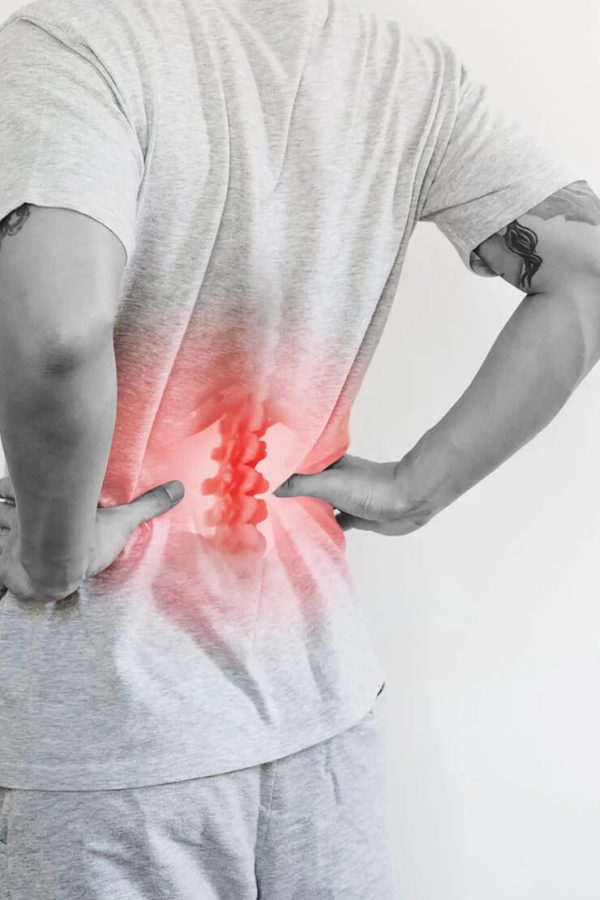Refer a Patient
iScope is currently accepting new patients. A referral from your primary care physician or specialist is required for consultations covered by your provincial plan. If you require rehabilitation services a referral is not required.
A Chronic Pain Management Clinic specializes in the diagnosis, treatment, and management of chronic pain issues. Chronic pain can be difficult to treat, often necessitating a multidisciplinary approach. A pain clinic Surrey may offer numerous therapies, including pharmaceutical management, physical therapy, acupuncture, nerve blocks, and psychological support. These clinics may use cutting-edge technology, such as implantable pain pumps or spinal cord stimulators, to provide more advanced pain treatment for some patients. The primary objective of a Chronic Pain Management Clinic is to provide each patient with comprehensive, individualized care to improve their quality of life and reduce their pain levels. Individuals with chronic pain may benefit from receiving care at a specialty clinic, where they can receive a more comprehensive evaluation and a customized treatment plan tailored to their specific needs and concerns.

Chronic pain is distress that lasts longer than three months and is frequently unresponsive to conventional medical treatments. It can range from faint to severe and can affect any body part. Numerous conditions, including injuries, operations, diseases, and nerve injury, can cause chronic pain. Additional symptoms such as fatigue, despondency, and anxiety may also be present. Managing chronic pain can be difficult and frequently requires a multidisciplinary approach involving prescription medications, physical therapy, psychotherapy, and alternative therapies. People with chronic pain must work closely with their medical team to develop a comprehensive treatment plan that takes into account their specific needs and goals.
The condition known as chronic pain syndrome affects millions of individuals worldwide. Chronic pain is defined as pain that interferes with daily activities and lasts at least three to six months. Numerous factors, including an injury, a disease, or a medical condition, can contribute to chronic pain. Common forms of chronic pain include back pain, migraines, arthritis, fibromyalgia, and neuropathic pain.
Depending on the patient and the underlying cause of the pain, chronic pain syndrome symptoms may vary considerably. Typical symptoms include fatigue, sleep disturbances, depression, anxiety, and difficulty concentrating.
There are numerous methods to treat chronic pain syndrome, including medication, physical therapy, cognitive-behavioral therapy, and alternative therapies such as acupuncture and massage. It is essential to work with a healthcare professional to develop a personalized treatment plan that takes into account the patient’s specific requirements and goals.
There are instruments available to assist patients in managing their symptoms and improving their quality of life when coping with chronic pain syndrome. Support groups, pain management centers, and counseling services can be invaluable resources for those with chronic pain syndrome.
Iscope Surrey is located on the 3rd floor of the City Centre 2 building. You will find the City Centre 2 building directly north of City Centre 1. The group of City Centre buildings is located across the street from Surrey Memorial Hospital emergency entrance.
Monday: 8:00am – 6:00pm
Tuesday: 8:00am – 6:00pm
Wednesday: 8:00am – 6:00pm
Thursday: 8:00am – 6:00pm
Friday: 8:00am – 6:00pm
Saturday: 9:00am – 5:00pm
iScope is currently accepting new patients. A referral from your primary care physician or specialist is required for consultations covered by your provincial plan. If you require rehabilitation services a referral is not required.
Suite 830 – 475 West Georgia St Vancouver, BC V6B 4M9
P: 1-888-550-5508
F: 604-900-7676
Coming Soon Suite 301 – 1111 Lonsdale Ave North Vancouver, BC V7M 2H4
P: 1-888-550-5508
F: 604-900-7676
Suite 301 – 3185 Willingdon Green Burnaby, BC V5G 4P3
P: 1-888-550-5508
F: 604-900-7676
Opening soon at 3670 63 Ave NE , Suite 260
Calgary, AB
P: 1-888-550-5508
Suite 500 – 89 Queensway West Mississauga, ON L5B 2V2
P: 1-888-550-5508
F: 416-900-7006
Coming Soon Virtual Clinic Now Open
P: 1-888-550-5508
© Copyright 2023 Iscope Concussion and Pain Clinics. All Rights Reserved